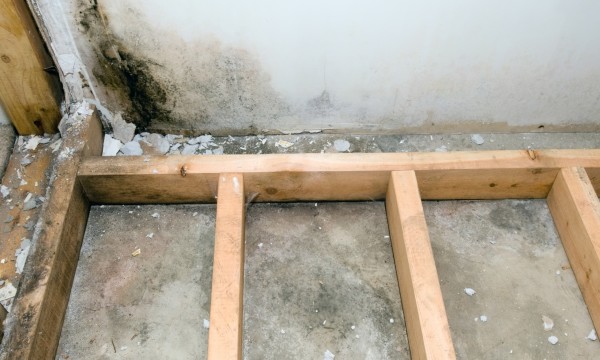by Kristina Hemmerling
If your basement floor is damp, the source is either leaks from pipes and the outdoors or condensation from high interior humidity levels. You must find the cause of your basement moisture problem before water causes mould or structural damage to your home. [Image credit: iStock.com/Wildroze]








